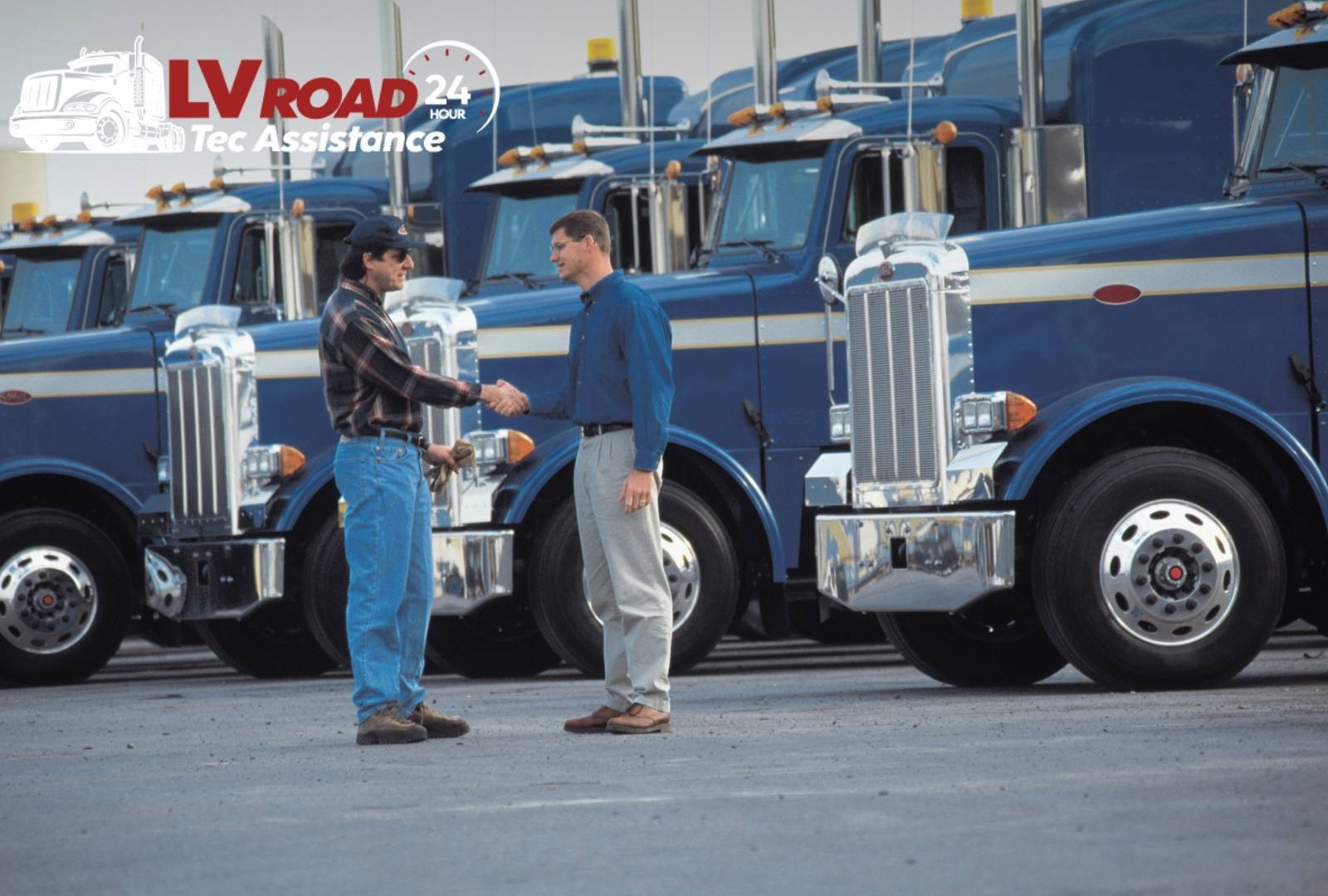
New in the trucking industry? Wondering how many miles a truck driver can drive in a day? In this guide, you’ll not only learn the average daily mileage, but also the factors, regulations, and technologies that directly influence this number.
Efficiency in logistics depends on balancing federal rules, traffic, fatigue, and technology. By understanding all these aspects, drivers and carriers can optimize safety, compliance, and productivity.
Main Factors that Impact a Trucker’s Speed Limit and Mileage
Knowing your expected mileage is essential since payment is often linked to miles driven. But it’s not just about driving as much as possible—federal regulations and real-world conditions shape what’s achievable.
The main factors influencing truckers’ speed, time, and mile limits include:
-
Federal and state regulations (FMCSA Hours of Service rules)
-
Road and weather conditions
-
Type of shift (11-hour driving, 14-hour duty)
-
Traffic congestion and detours
-
Vehicle condition and maintenance
-
Loading and unloading times
-
Carrier rules and driver rest preferences
For new drivers, it also helps to prepare properly with the right truck driver essentials to make each trip safer and more efficient.

Federal Regulations on Driving Hours
The Federal Motor Carrier Safety Administration (FMCSA) sets strict Hours of Service (HOS) rules to ensure safety:
-
Up to 11 driving hours allowed after 10 consecutive off-duty hours
-
A 14-hour maximum duty window per shift
-
A mandatory 30-minute break after 8 driving hours
-
Weekly limits of 60 hours in 7 days or 70 hours in 8 days, followed by a 34-hour restart
These rules directly shape how many miles a trucker can drive in a day.
Average Daily Mileage
So, how many miles can a truck driver drive in a day?
On average, drivers cover 605 to 650 miles per day. This translates into about 55 to 60 miles per hour over an 11-hour shift.
Team drivers, however, can double this, often reaching 1,000 miles per day and up to 6,000 miles per week. Learn more about the pros and cons of team vs. solo driving.
Keep in mind that mileage varies depending on delays, routes, and external factors.
Impact of Traffic and Weather
Traffic and weather conditions are major variables:
-
Urban routes: more congestion, frequent stops
-
Rural highways: faster travel, but fewer rest areas
-
Construction zones or detours: unpredictable disruptions
-
Bad weather: may extend driving time beyond the 11-hour limit under exceptions
These factors directly affect safe average speeds and total mileage.
Managing Fatigue and Rest Breaks
Fatigue is one of the biggest threats to safety. Truckers must:
-
Take at least one 30-minute break between 3–8 hours on duty (ideally around the 6-hour mark)
-
Respect the 10-hour off-duty requirement between shifts
-
Prioritize proper sleep, hydration, and exercise
Some fleets now use monitoring tools that detect drowsiness, adding another safety layer.

Role of Technology in Maximizing Efficiency
Modern technology helps truckers and carriers improve efficiency:
-
Electronic Logging Devices (ELDs) ensure compliance with FMCSA rules
-
Telematics & predictive analytics optimize routes and reduce downtime
-
GPS navigation helps reroute in real-time, avoid weigh stations, and save fuel
In addition, focusing on semi-truck fuel economy can make a big difference in maximizing mileage while keeping costs under control.
Practical Time Management Tips for Truckers
To achieve optimal mileage while staying safe and compliant, truckers should:
-
Create and use inspection checklists before and after trips
-
Plan routes considering rush hours and detours
-
Schedule breaks strategically (e.g., around 6 hours for fuel + lunch)
-
Stay on top of oil changes and maintenance schedules
-
Always factor in rest and recovery time
Final Thoughts
A truck driver can legally drive up to 11 hours in a day, usually covering 605–650 miles. But the real answer to “How many miles can a truck driver drive in a day?” depends on a mix of regulations, road conditions, fatigue management, and technology use.
Carriers and drivers who balance compliance, safety, and efficiency not only stay within the law but also achieve greater productivity on the road.


